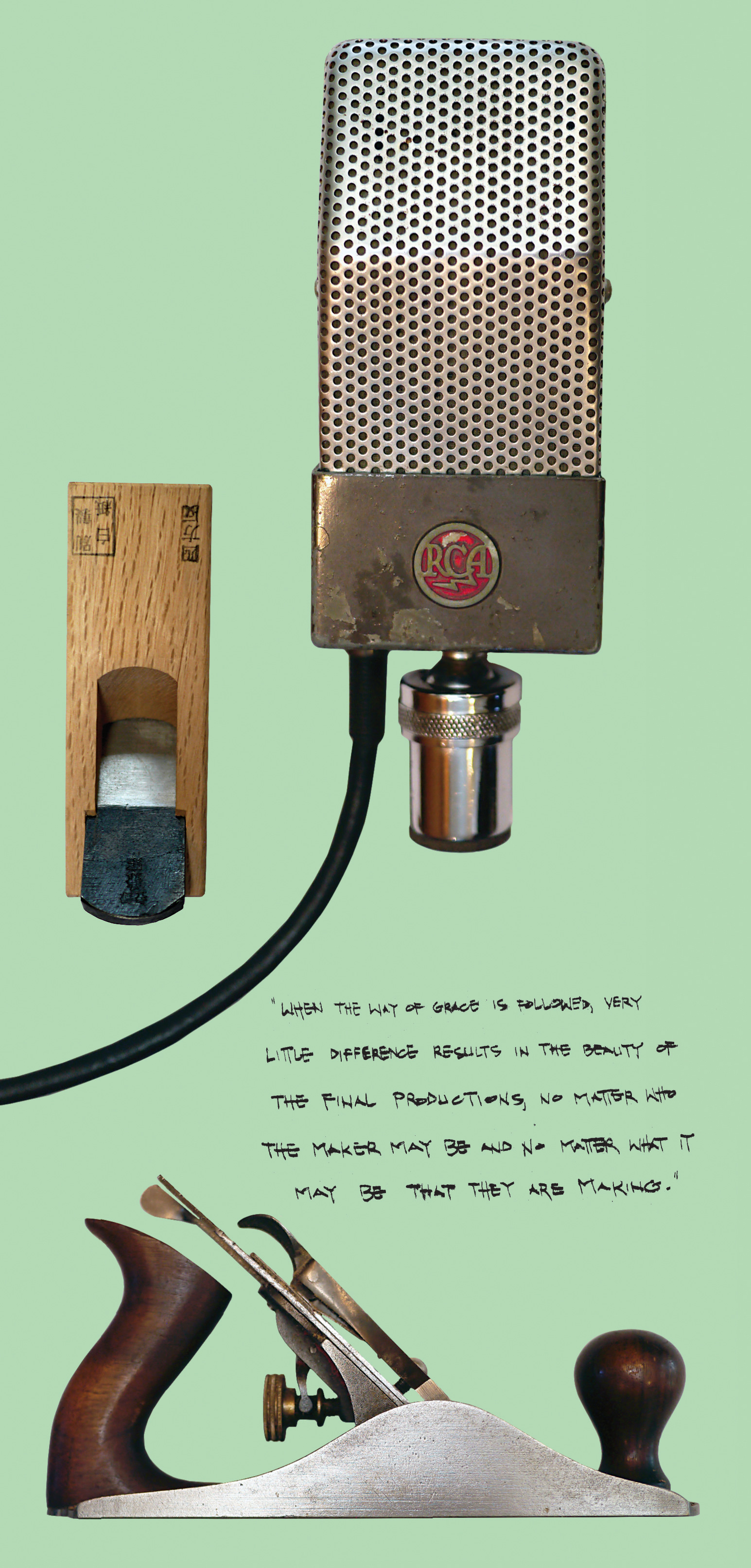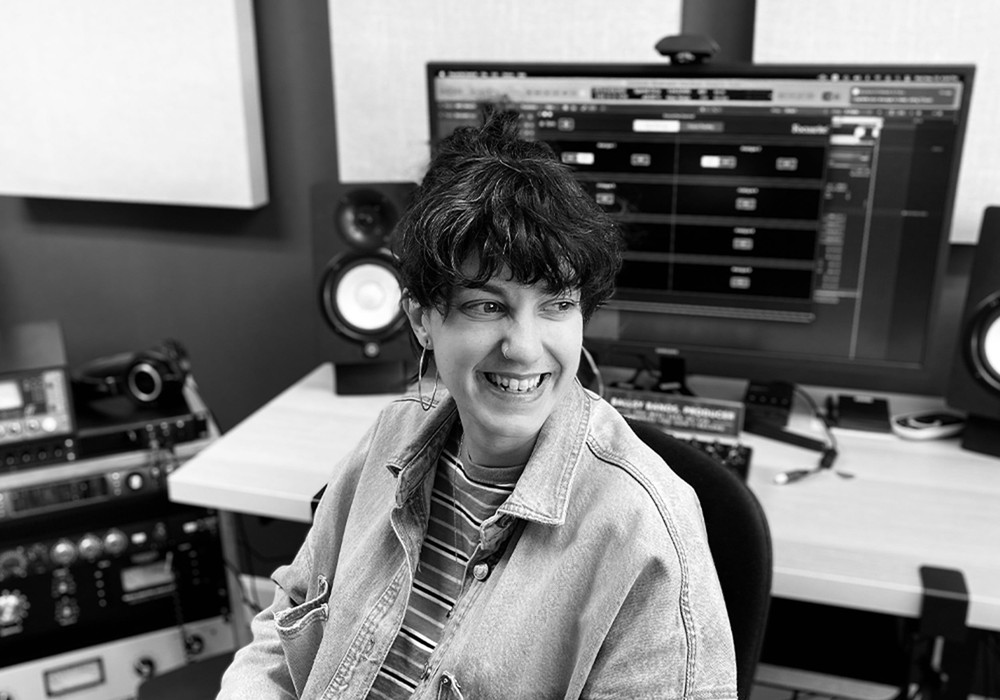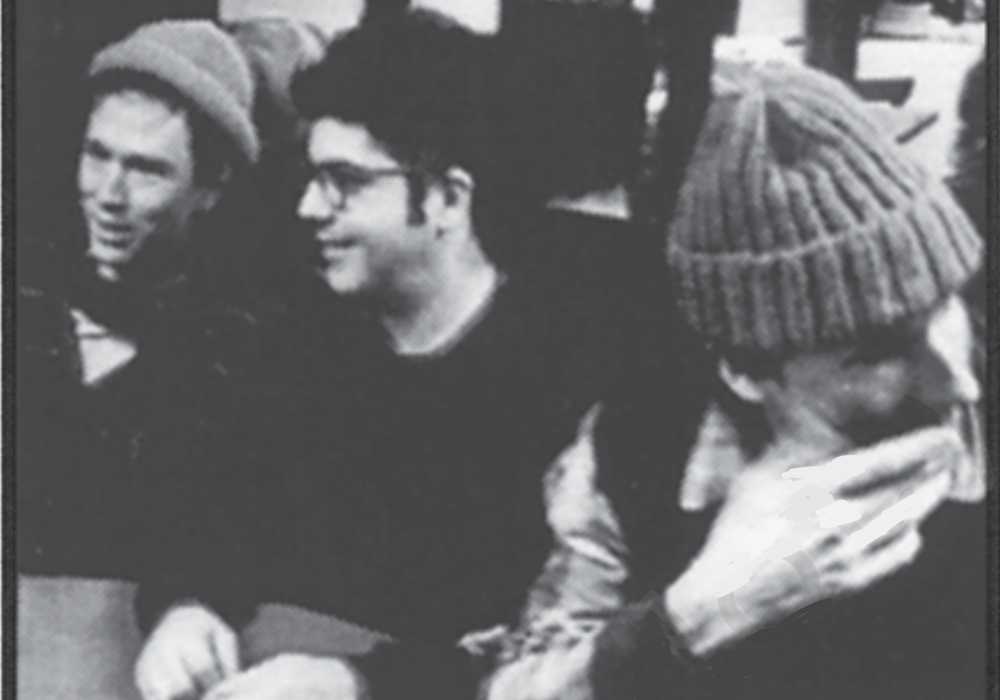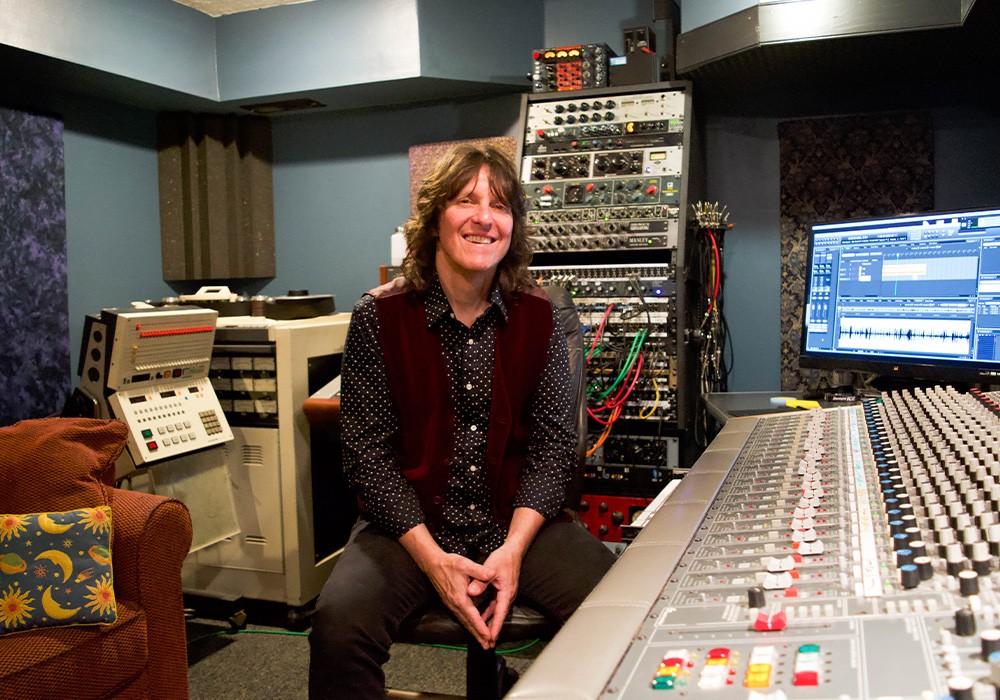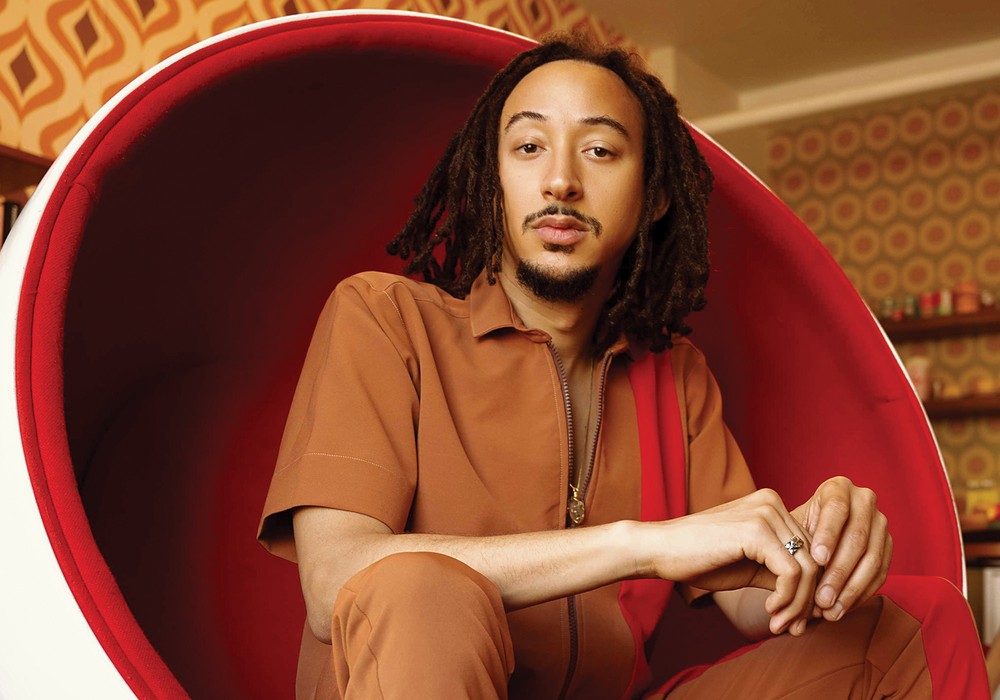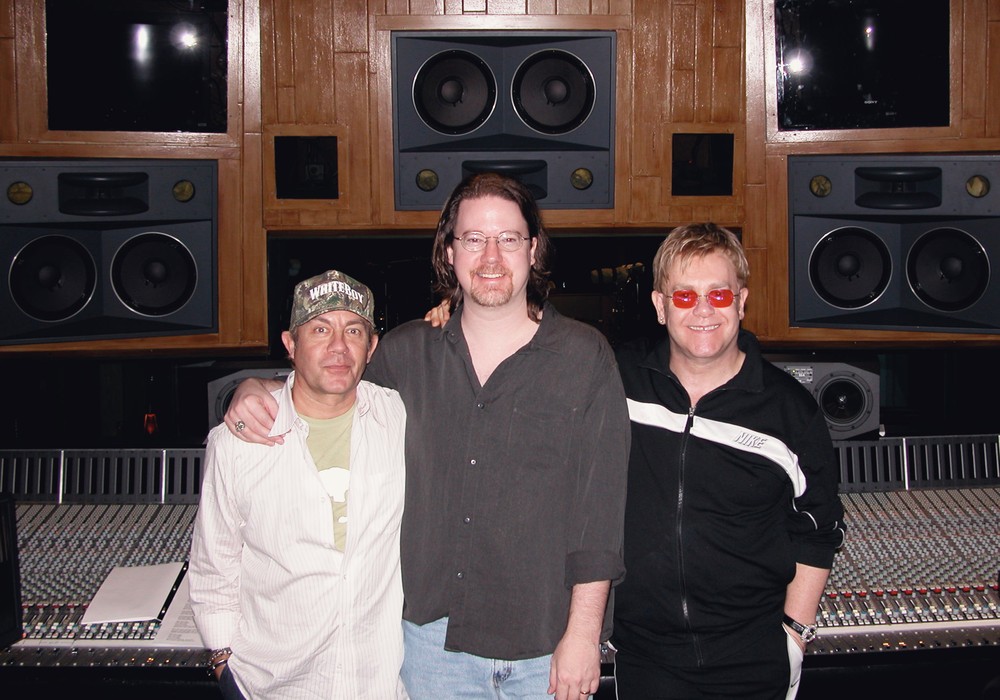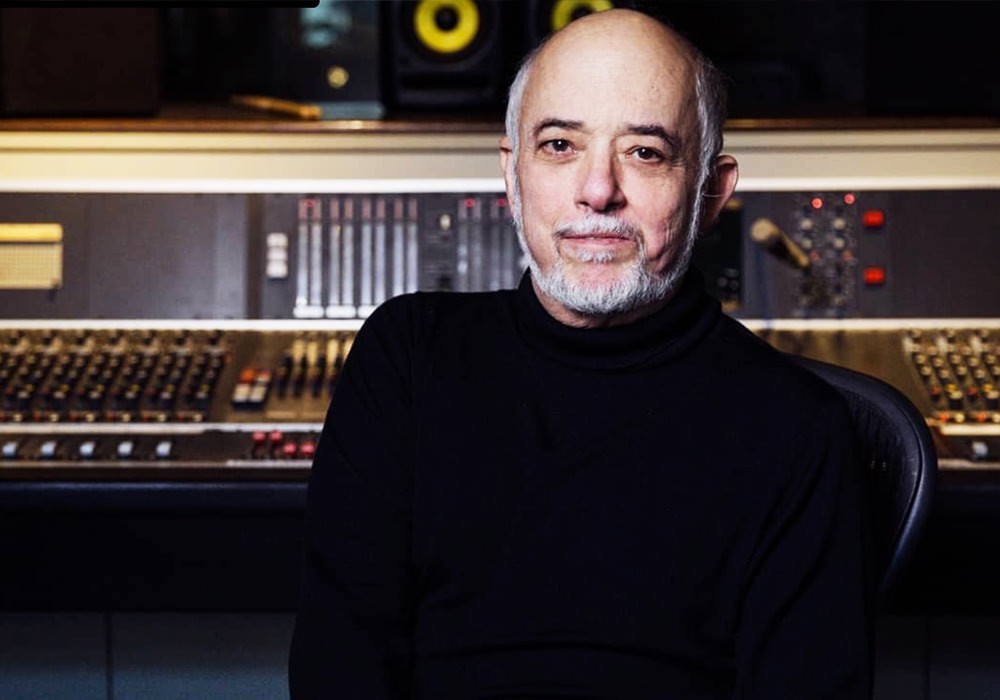For Sam Cohen, what started as a means to an end as a teenager in a band has blossomed into a long, fertile career in record production. Sam and I spoke about his recent works with Curtis Harding, his brand-new studio, and his new record, Slow Fawn. One of Sam’s key collaborators, Kevin Morby, also talked about working with Sam on Kevin’s new record, This is a Photograph.
For Sam Cohen, what started as a means to an end as a teenager in a band has blossomed into a long, fertile career in record production. Sam and I spoke about his recent works with Curtis Harding, his brand-new studio, and his new record, Slow Fawn. One of Sam’s key collaborators, Kevin Morby, also talked about working with Sam on Kevin’s new record, This is a Photograph.
How did you start working with Kevin Morby?
I became friends with Kevin through The Complete Last Waltz [tribute shows, Sam is the musical director]. He was a guest singer. I wasn’t familiar with him at the time, so I was checking out his records. At the time he had Still Life and Harlem River. I wrote him an email a week after the show and told him that I was digging his music. He wrote back and told me he was looking for a producer for his next record. We ended up doing Singing Saw shortly after that. We’ve had this long working relationship since.
Whose idea was it to use field recordings on This is a Photograph?
Kevin was driving the presence of field recordings. A lot of that record is written about Memphis, and he gathered the sounds of the places he was talking about. It was incredibly cool. That’s really prominent on “Disappearing,” with the sounds from the shore of the Mississippi River. At my studio, he’d be walking around while we’d be working. There’s a deck right off the studio and a big patio door, so there’s a very natural indoor/outdoor flow in this place. I’ve found a lot of people will be listening on the deck, hearing the speakers blending with the natural environment, and wanting to capture that. That was used most notably on the song “It’s Over.” There was this bird call – a tufted titmouse – that was happening very much in time with the music. In the hook of that song – where Kevin sings, “It’s over” – we sampled the bird. We didn’t have to pitch it or change it at all. We doubled it with piano to give it a little more body in the mix, and it became this great hook in the song.
Kevin told me that you built a studio in upstate New York.
The studio grew out of the pandemic-inspired move upstate, which was centered largely around my kids. I’ve always worked in this area with D. James Goodwin [Tape Op #138]. I’d come up here to get out of the city. I always imagined that moving upstate would be great if we weren’t tethered to the city. After Covid, we weren’t. We were living upstate in this little cabin that we were renting for a while. Eventually, we bought this house in Accord, New York, which is near Kingston. Coincidentally, it’s about five minutes from where we got married 13 years ago. We found this little farmhouse on ten acres of land, and it had this meadow in the back where they had horses. So, we decided to buy it and build a studio. The studio was designed by my friend, Michael Winningham, who is also a musician in Austin in a band called Palo Duro. We’ve been friends since high school, and we have made a lot of music together. He also builds and designs homes. He made the drawings, and I was able to find a contractor up here to execute them. It’s a dream. It’s a super open space with 20-foot ceilings. It’s got a hallway that closes off where I can do amps, and an iso-booth in the middle, under the loft, for the drums. It’s got this big, wide staircase that I love. The loft is open, so I’ve done brass up there and mic’d them from the bottom to recreate that church effect with the space in here. It’s got a little lounge in the back, and a wraparound deck. It’s in the woods, so deer come by the dozens and graze. You can see the Mohonk Mountains out the door. It’s a big upgrade from the vibey but dingy basement I was working in when I...
